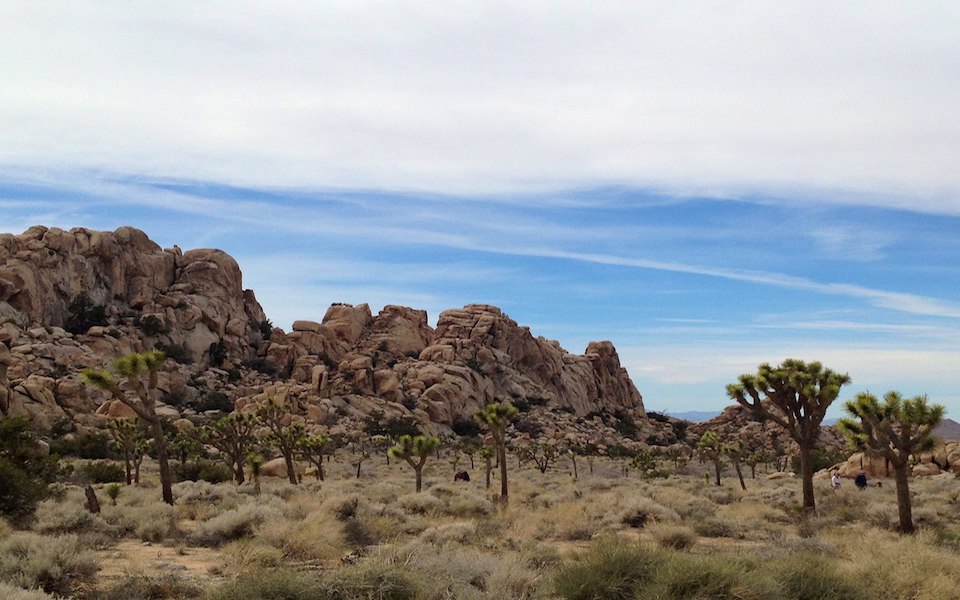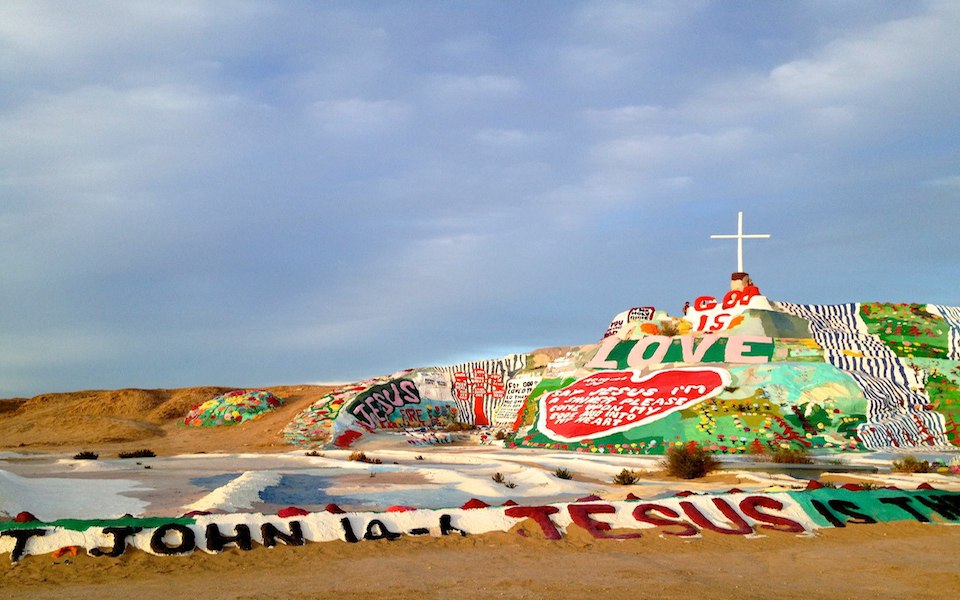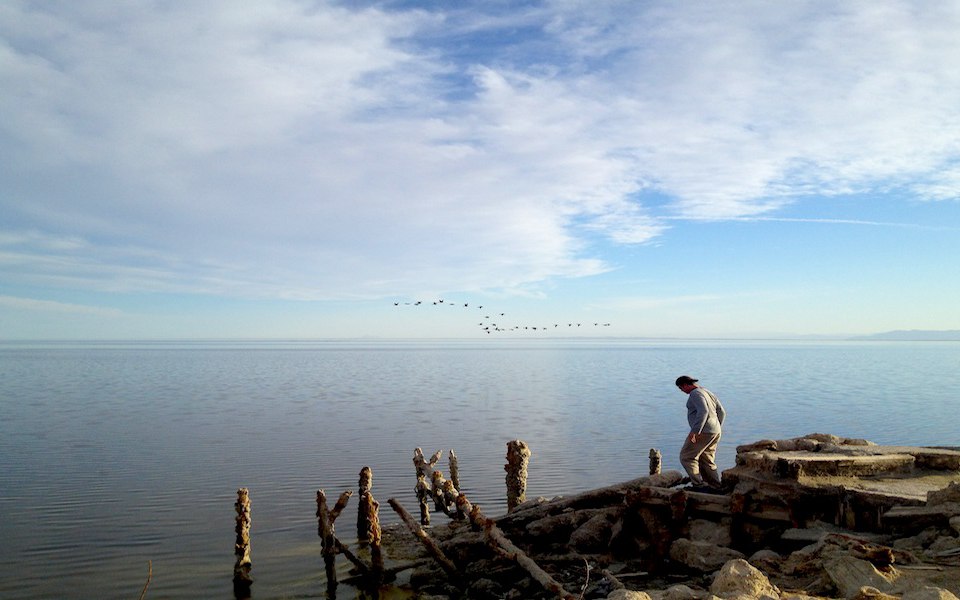Within three hours of Los Angeles, travelers can embark on a journey from Joshua Tree National Park to the Salton Sea and discover some of the world’s most unique landscapes.
Only two hours from the concrete jungle, strip malls and movie theaters in the City of Angels, Joshua Tree National Park’s vast desert plains, smooth wind shaped rocks and namesake trees feels otherworldly. The buzz of street lights are replaced by the slight breeze shifting the golden sand, the Walk of Fame on Hollywood Boulevard is replaced by long sun drenched hiking trails and instead of lined up lean, tall palm trees, Joshua Trees stick out like aliens.
Popular with both families camping and rock climbers, Joshua Tree is an easy escape from Southern California’s big cities and a favorite stop for National Park enthusiasts. One more hour south, the landscape again completely changes. Driving down a two-way road, you wind around the Salton Sea, an area that seems to be lost in time, forgotten, deadly and haunted. These two highlights on a Southern California road trip should not be missed.
The desert landscape in Joshua Tree National Park is wide and varied, connecting three distinct and different ecosystems. With smooth skull shaped rocks to small cactus fields that bloom in early spring and exposed granite to vast plains, you don’t even have to get out of the car to experience these different landscapes.
However, parking the car and hiking off the paved road will put your sneakers into a hot sandy terrain and on hiking paths that make you feel apart of the rich old west history of the area. While it seems like little life could actually survive this area, there are actually many plants and animals that call this area home, including Big Horn sheep and parire dogs.
Starting at the north end, enter the park for immediate views of Joshua Trees. With trees that more resemble something out of a Dr. Seuss book than an actual tree found on Earth, Joshua Tree National Park’s namesake tree is almost mesmerizing. The trees seem to twist and curl in the most unusual ways, with no definite pattern except that there is no pattern.
Renting a camp site and spending a few hours out of your tent after dark makes you understand why some of the best views happen after the sun goes down. From the middle of this desert landscape, the Milky Way shines bright, displaying constellations and stars that cannot be seen from Santa Monica Boulevard.
Leaving the park on the south end, twist along the small two lane road and head an hour south of Palm Springs towards the Salton Sea. Once a vacation spot for celebrities, the Salton Sea is now a toxic lake that is known for the white dried up dead fish that line the shore. If you ever wondered what the end of the world was going to look like, this might be the image your mind would create.
On the east side of the sea, old weathered signs hang off kilter directing visitors to the once popular beach and resort. Now the beach is littered with trash and houses that look as if a tornado blew through the area and no one survived.
On the south west side, the Sonny Bono National Wildlife Refuge thrives in the most unsuspecting area. Located 40 miles north of the Mexico border, the refuge lies in the Pacific Flyway, a migration route for geese and birds wintering. The dichotomy of the deadly sea with the thriving bird sanctuary is an interesting sight unseen in many parts of the world.
For a truly unbelievable road trip from Los Angeles, venture east towards Joshua Tree National Park and then south towards the Salton Sea. With such a unique and varied landscape, you are sure to experience and capture once in a lifetime memories that are unlike anything else in the world.





